The datasheets and catalog pages for commercial electroluminescent (EL) wire in hobby quantities, e.g., adafruit's, list brightness in candelas per square meter. That's ok for two-dimensional EL sheet, but not for one-dimensional wire.
(I understand that frequency and voltage affect brightness, as well as half-life, power consumption, color, etc.)
How do figures like 46 cd/m\$^2\$ convert to cd/m, which can be meaningfully compared to LED strips or neon tubes? Just consider the circumference of the cladding? Or of the phosphor? If there's multiple layers of phosphor, which one?
Also, the candela measures luminosity only in a particular direction, while EL wire has nontrivial off-axis brightness. Are there specs for lumens per meter of such wire?
